Grace of Monaco: Interview with director Olivier Dahan
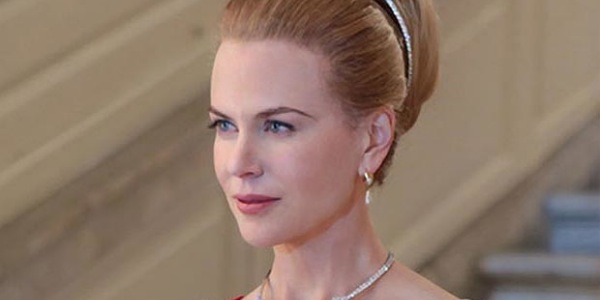
Grace of Monaco opened this year’s Cannes Film Festival and stars Nicole Kidman as princess Grace Kelly.
What did you find appealing about Grace of Monaco, the person?
Apart from anything else, it is the fact that she was an actress and an artist who had to give up on her career. I was not interested in making a biopic – I need to make films that resonate with me and my feelings. I would find it boring to have to depict facts only focusing on a character’s story; I always try to blend things and talk about myself too. And I think that what touched me about Grace’s itinerary was what was hidden beneath the surface, it resonated with my personal life. So Grace of Monaco is not a historical movie, even if it depicts real events. As a filmmaker I was interested in telling how a torn woman finds it impossible – or at least very hard – to find the right balance between her life as a wife, a mother and a woman and her career. In my opinion, Grace of Monaco reflects these contradictions.
What elements did you change in the script?
I wanted to give the film a more “adult”, a more mature and a darker feel, while retaining the glamorous aspect of the story, its “princess” touch. I wanted to delve into the contrasts. For example, I invented scenes about Grace’s private life, as when Grace calls her mother on the phone. It allows us to get to know the character in a more personal way. I intended first and foremost to make a film about a woman who is an artist but who must give up an important part of what she is in order to be able to keep her family together. This is the linchpin of the film.
Did you have Nicole Kidman in mind when you started working on the project?
Not in the beginning. I’ve been a fan of hers since Dead Calm, but I didn’t at first visualise her in the role. Actually, I didn’t visualise anyone. Then, we talked via Skype for a couple of hours. That’s when I started to have a change of heart. She seemed like an obvious choice. I went back to Los Angeles and we met up three or four times. Her motivation to portray the character came from within, as though she was telling things about herself in the movie. It resonates with things she has experienced in her own life. Her intuition matched mine instantly.
Is it particularly difficult to direct an actress like her?
It is not. She is a great listener; she totally dedicates herself to her work – she hardly ever goes into her dressing room and she remains very collected on the set. On the set, she is an actress who seeks solutions, works hard, sometimes has doubts and is inspired. She is one of the few contemporary stars who is also – and mostly – an actress.
She took on Grace Kelly’s face and demeanour, didn’t she?
It is the role of an actress to inhabit the character she plays and adapt her appearance to her emotions. She altered her voice, working hard on the accent because Grace Kelly had invented her own accent.
Then the make-up artist helped to fine-tune Nicole’s appearance. Nicole had to do her homework on several things, like Grace Kelly’s voice, demeanour, posture, poise and mindset in order to be able to get in character. Then with the make-up and the costumes, the resemblance with Grace Kelly was complete. It was not that easy because we all have in our minds a rather accurate image of the princess.
How did you choose the rest of the cast?
First of all I must say that I was very lucky to direct all those actors! I love all of the cast members: Paz did a wonderful job, Derek Jacobi is an outstanding Shakespearean actor, and it was an honour to work with him. Parker Posey, Jeanne Balibar, Yves Jacques, Milo Ventimiglia, Olivier Rabourdin – they all come from different backgrounds, and I enjoyed “mixing them up” and working with each of them. As for Frank Langella, he is an actor I have loved since I was a child, and enjoyed watching in many movies. He’s just perfect. Tim Roth is a wonderful performer – his acting is subtle and outstanding, and the character he plays is not an easy one. On the set he listens very carefully to the director’s instructions, is always eager to work hard and give the best of himself. He did a lot of rehearsing prior to the shoot and worked hard to come up with the right tone and accent. When he’s away from the set, he keeps working to improve the quality and the complexity of his performance. He definitely created, and rightfully so, a character that is more romantic than fact-based.
What sort of research did you do?
I dug into my personal life. I did not do any special research about Grace of Monaco, even though I did read a couple of biographies to better know the ins and outs of a particular issue or to delve deeper into the mind of a character. The rest is based on intuition.
You also allude to the geopolitical background and the conflict between France and Monaco.
This background is key to understanding the storyline and the character. Indeed the film is multi- layered but it has a single aim: make Grace’s persona more substantial. I never meant to provide false leads or dwell on historical conspiracies, which didn’t interest me at all. All the elements that I brought up aimed to show how Grace’s character functioned. Besides, I eliminated from the script quite a number of rather ridiculous elements, mainly those concerning General De Gaulle, because they sometimes conveyed a vision of the events that seemed too clichéd.
How did you choose the color palette and the lighting?
I think this is going to be my last celluloid film. Together with my cinematographer Eric Gautier, we wanted it to be a last-ditch stand! We shot with anamorphic lenses, a format which is disappearing nowadays but which provides stunning depth and texture to the images. We made this choice not so as to re-create the atmosphere of the 60s but rather to give insight into the psychology of the characters. We chose to light the scenes according to the situations and the storyline and not merely to enhance a setting or a costume. On the whole, the images in Grace of Monaco are dark, they have grain and are sometimes bright even if the feel remains dark. The general atmosphere is cosy and intimate but also glamorous. It is not necessary to have realistic images, strictly speaking, to tell true-to-life stories. Actually, I think it is the other way around.
The work on the production and the costume design is outstanding, but it never upstages the storyline…
We shot most of the film on a soundstage. However we also “rebuilt” the palace of Monaco by shooting in a studio as well as on location in two palaces, one in Italy and another one in Belgium. Thanks to Dan Weil’s production design and then to editor Olivier Gajan’s cutting and editing we came up with something smooth and homogeneous.
As for the costumes, Gigi Lepage designed her costumes based on Grace of Monaco’s outfits. My first idea was to refer to Hitchcock’s movies by way of the clothes – in this case, we do not have real costumes but fantasised ones. I like this intertextuality, which raises the question of true vs. false, of a cinematic reference, vs. a historical fact – this is what I find exciting. At first, there was no Hitchcockian dimension in the screenplay. But it was unimaginable for me to speak of an actress without mentioning cinema.
Were you able to shoot in Monaco?
We shot what we could reasonably do in Monaco since the Monaco of 1962 is very different from today’s Monaco. So we shot part of the film in Menton and in Italy to capture the feel of the Monte Carlo of those days. Consequently it is a fantasised Monaco.
Tell me about the score.
It was a long, complex creative process and I asked myself many questions as to how much or how little music was necessary. The score was composed by Christopher Gunning with additional pieces by Guillaume Roussel. At first I wanted something similar to Bernard Hermann’s music but little by little we changed direction and chose something more intimate and modern.
What was the importance of editing?
It is a very long phase which lasted a whole year. It takes me more and more time to edit a film. I spend a lot of time editing and re-editing my films because it is the only way to find the best pace and fluidity. It is a bit like a Rubik’s Cube! And it took me a whole year to arrange the six faces. I had to highlight such and such a sequence and the film has plenty of psychological variables and subplots, so finding the right balance and weaving together all the stories did take a long time.
The editorial unit
Grace of Monaco is released on 6th June 2014.
Read more coverage of Cannes Film Festival 2014 here. For further information about the festival, visit the official website here.
Watch the trailer for Grace of Monaco here:

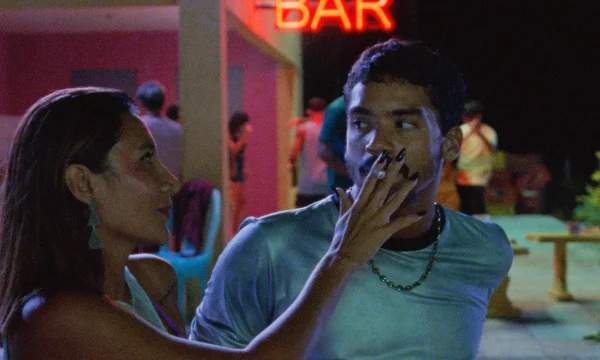
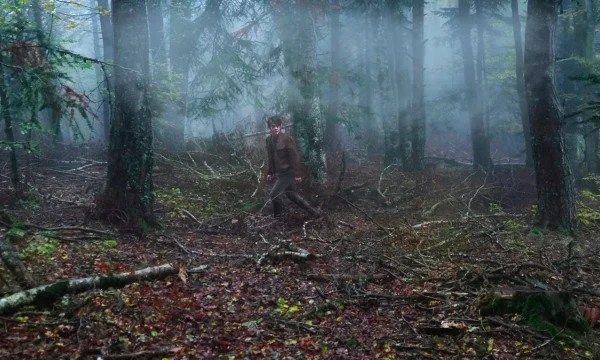
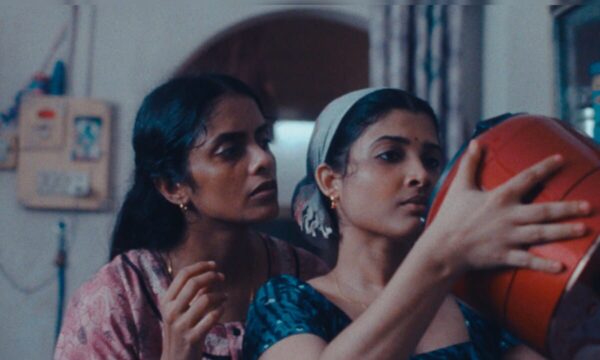
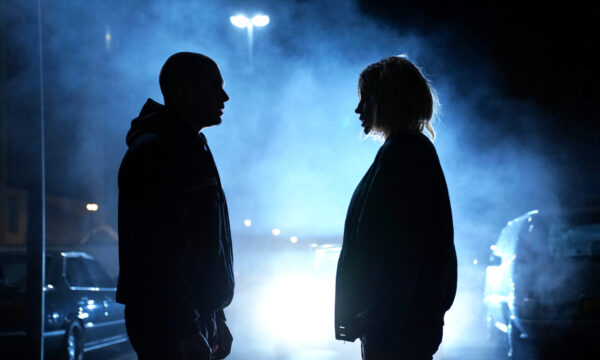
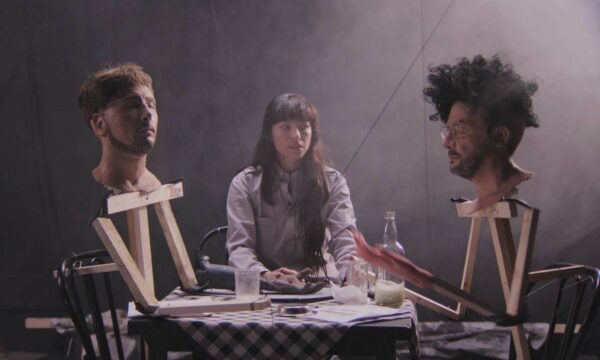
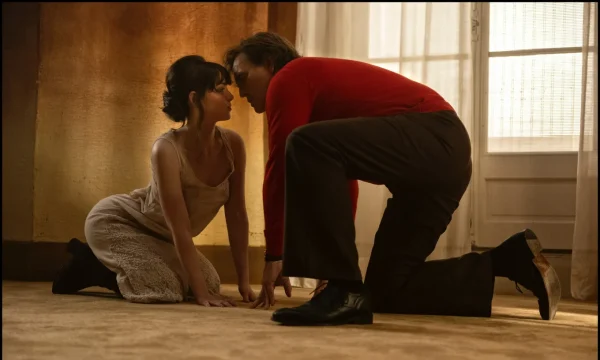
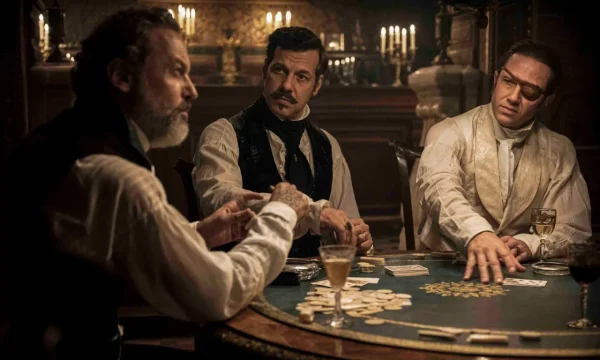
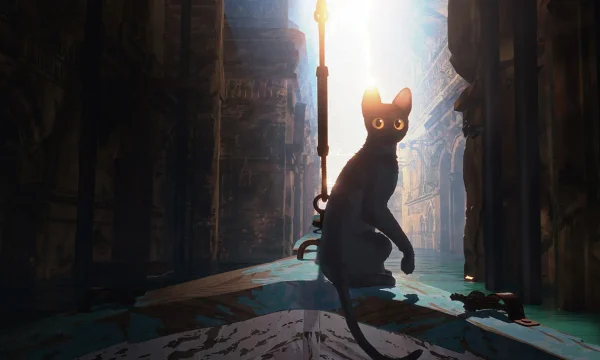
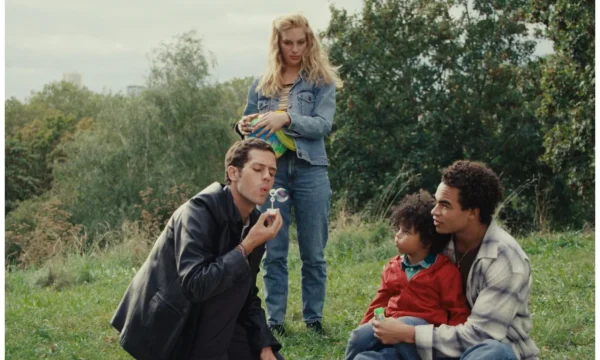













Facebook
Twitter
Instagram
YouTube
RSS